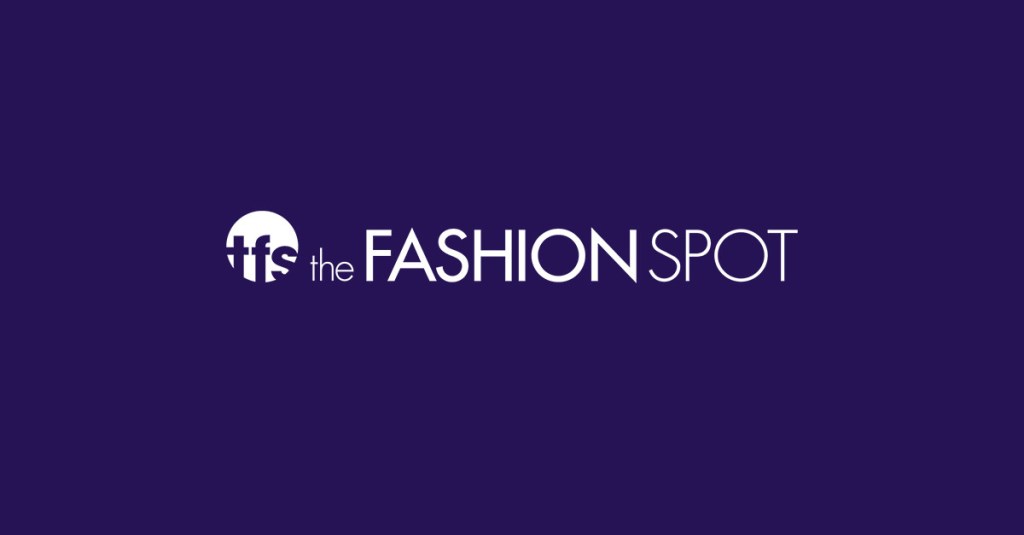Sruli Recht says that his blood gets on everything he makes, which is easy to believe considering the intricacy of his work and the fact that he fully engages in manufacturing of his items.



Q: Can you remember the first thing you have designed and made? What was it?
A: It is a hard one. The first thing was probably my recipe for crisps and Smarties mashed up together in a glass with a few drops of water. It was a failure. I was an insomniac child, awake all night imagining situations and conversations, and things I wanted to make. The earliest thing I can remember vividly now was a design for a racing cart made out of a wheelie bin, that came to me when I saw a guy knocking all the wheels from the old bins the council was collecting. I couldn’t sleep for many nights imagining how to sanitise it and reattach the wheels, add steering and brake mechanisms, viewing portals and seats in the hard racing green plastic of our cities urban waste systems. At the same time in my back yard I was creating the architectural plans for a series of tunnels that I had dreamed about. Seven-year olds can’t dig that deep though.

Q: Iceland is a location remote from the main centres of business and fashion. Why do you choose to live there?
A: It is small, quiet and cold. The air is excellent and the water is better. The pools are clean. There is snow. Many great friends.

Q: Many of your clothes evoke disturbing images — post-Apocalyptic future, Siberian labour camps. Are you an optimist? Is there a part of you that is exuberant and romantic?
A: I am a closet romantic. It isn’t really very well hidden though.
A post-apocalyptic/Gulag labour camp is really quite an intense vision of struggle for survival and hope. It is a life where any one thing could mean a world to you. A pair of boots lasts a life, a good coat keeps you from hypothermia. Food is the difference between friends and thieves, hard tech and networks keep the world running.
Raw black visions of a burnt white world of solitude and severity.
These are beautiful images, often captured by our modern photographers who love industrial barren landscapes and calcified burnt junk form visions of the oncoming.
I like this future more than the crystal dolphin utopia-land version. Maybe struggle is my vision of romance.

Q: The construction of your garments is very complex and demands extraordinary skill. Do you always execute your ideas yourself?
A: Sure do. Everything on my site has been made with my hands, machines, sweat and flaking dry blood. Sewing is a contact sport.
I haven’t been sewing much recently, in the past three years I’ve made less than eleven garments under my name. This year is the year of non-product design, charicouture development and robo-coco ideas for the neo-dandy.

I like to make non-products that have place and a function, not compromise.
Recently I have been thinking about the idea of Situational Design. Create a visual landscape of narrative with landscape and protagonist, then work the idea through that. Sometimes an idea has concepts that overlap but don’t relate other than in the situation of this design — every now and again you can’t explain the links between two different concepts on one piece.

It would be fantastic to make robot clothing. I think I would love to dress most of the characters that Bruce Sterling writes. And space suits. Who lives in space?
Q: What are your plans for the near future, creatively and commercially?
A: The shoe collection took off nicely, so that will develop more. We are beginning the second collection now. Product design has taken a prominent role in the studio, and clothing design has more or less stopped. Doing more brand strategy for other labels in place.
At this stage we don’t have the resources to make the clothing we want, and until I can match the idea with the final outcome, I just wont compromise on making clothing for the sake of it. So one long term goal is to get back to clothing design.
This year will be full of collaborations and non-products with the great designers I have met recently.
Creativity is good right now. There are more ideas on the list then there is time to make them.
Commercially – er, I want to sell that list.

A: Probably not.
Sruli Recht was born in Jerusalem in 1979 and received his Bachelor’s degree in Fashion Design from Melbourne Institute of Technology. He now lives and works in Reykjavik.
All images courtesy of Sruli Recht.








